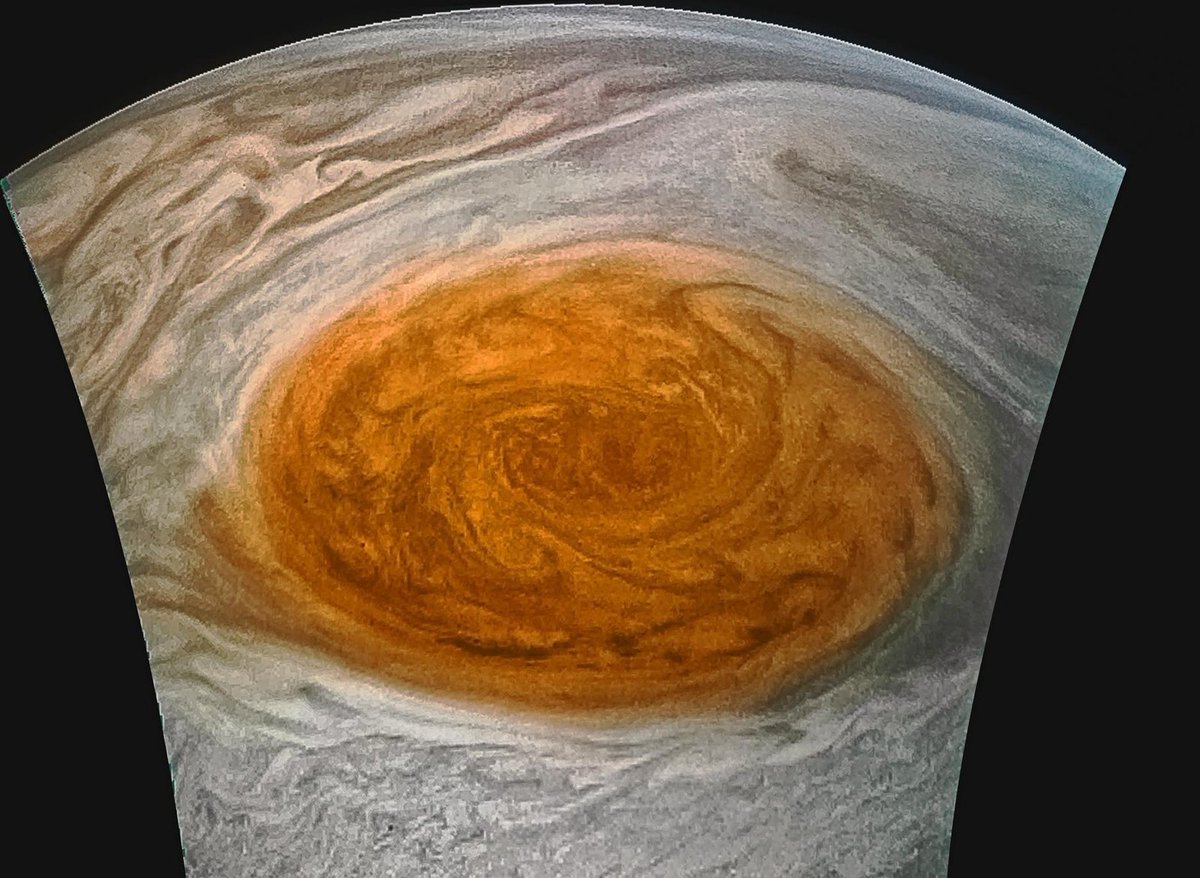
Astrophysicist studying orbital evolution • Seeking mountain peaks • Breathing with the Earth through yoga • Writing what the soul whispers.
2 subscribers
How to get URL link on X (Twitter) App


 The GRS, an area of high pressure, exhibits substantial size and wind speeds. Currently, the storm measures approximately 16,000 kilometers in width, about 1.3 times the diameter of Earth, with wind velocities reaching up to 430 miles per hour (680 kilometers per hour). 2/
The GRS, an area of high pressure, exhibits substantial size and wind speeds. Currently, the storm measures approximately 16,000 kilometers in width, about 1.3 times the diameter of Earth, with wind velocities reaching up to 430 miles per hour (680 kilometers per hour). 2/



 They're some of the most abundant particles in the universe, zipping through everything from your body to the cores of stars, yet they manage to be almost invisible. 2/
They're some of the most abundant particles in the universe, zipping through everything from your body to the cores of stars, yet they manage to be almost invisible. 2/

 As these celestial remnants collide with our atmosphere, they create a dazzling display of shooting stars streaking across the sky.
As these celestial remnants collide with our atmosphere, they create a dazzling display of shooting stars streaking across the sky.
 ... direct measurements using a local distance-ladder favor larger values ~ 73 km s–1 Mpc–1. This discrepancy, at the 4–5σ level, prompts the need for new measurements. 2/
... direct measurements using a local distance-ladder favor larger values ~ 73 km s–1 Mpc–1. This discrepancy, at the 4–5σ level, prompts the need for new measurements. 2/

 Although no observable evidence of tectonic activity or the theoretical subsurface ocean has been found, a new structural geological map of Mimas reveals signs of various tectonic features, including putative lineaments, ridges, and troughs. 2/
Although no observable evidence of tectonic activity or the theoretical subsurface ocean has been found, a new structural geological map of Mimas reveals signs of various tectonic features, including putative lineaments, ridges, and troughs. 2/

 NASA's @NASAJPL is developing a snake-like robot, dubbed Exobiology Extant Life Surveyor (EELS), to potentially sample Enceladus' ocean water through its vents. However, navigating Enceladus poses challenges due to limited orbital data and communication, ... 2/
NASA's @NASAJPL is developing a snake-like robot, dubbed Exobiology Extant Life Surveyor (EELS), to potentially sample Enceladus' ocean water through its vents. However, navigating Enceladus poses challenges due to limited orbital data and communication, ... 2/


 ... example visible to the naked eye. Despite appearing as a handful of stars to the unaided observer, open clusters often contain hundreds or even thousands of stars when observed closely. 2/
... example visible to the naked eye. Despite appearing as a handful of stars to the unaided observer, open clusters often contain hundreds or even thousands of stars when observed closely. 2/





